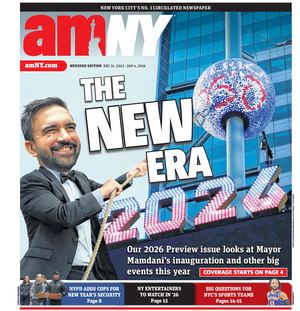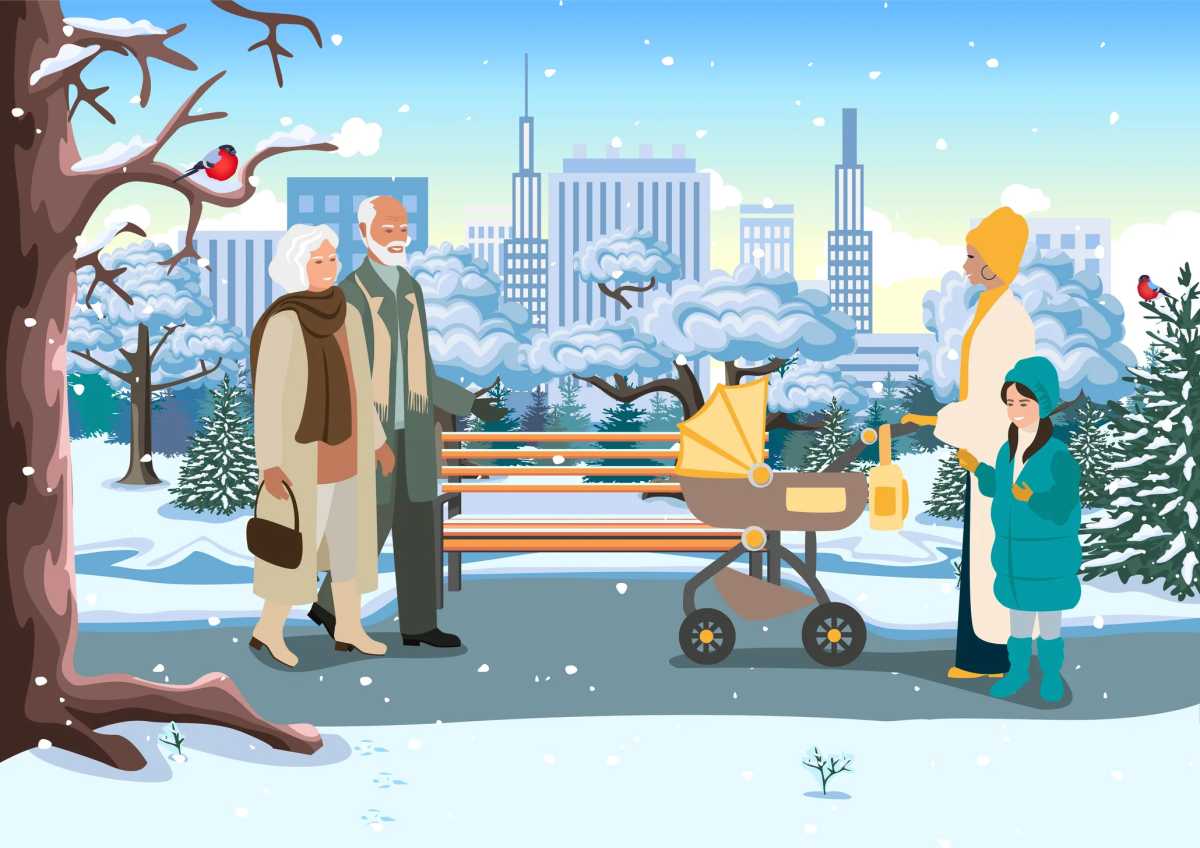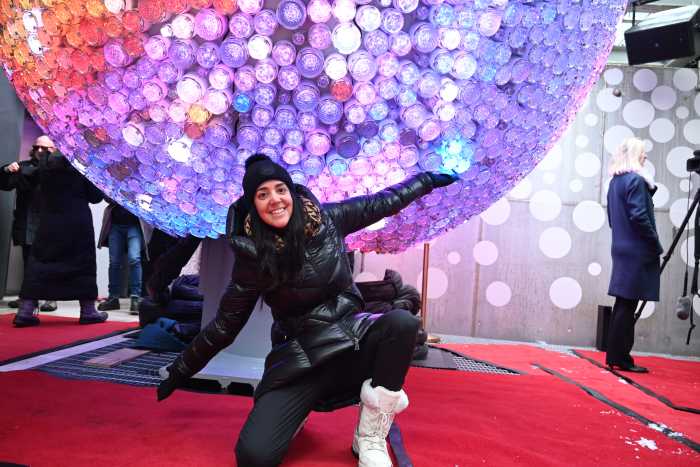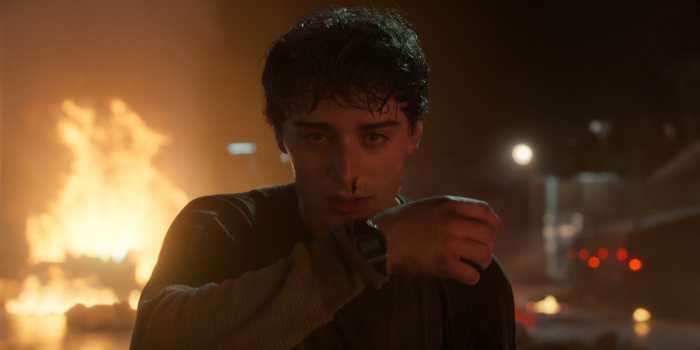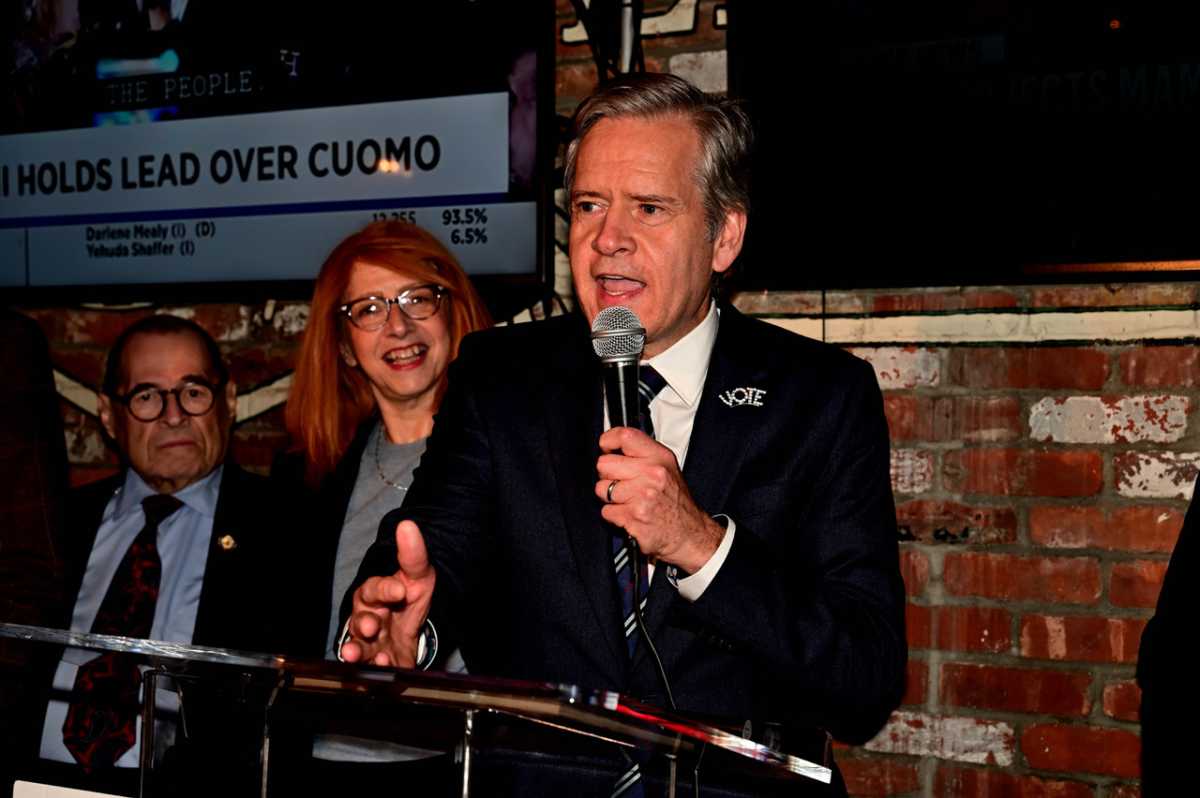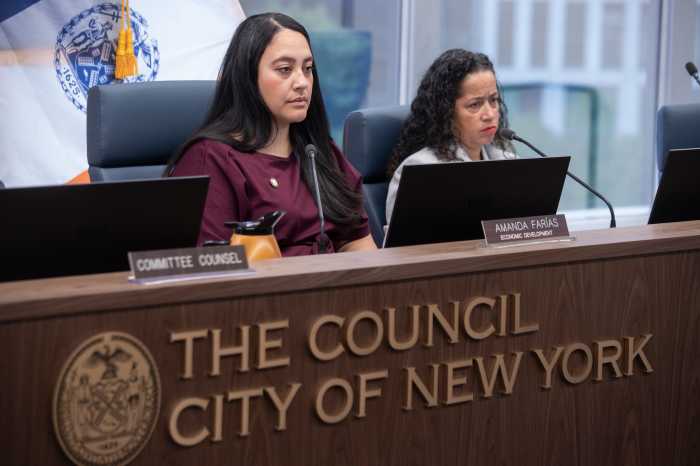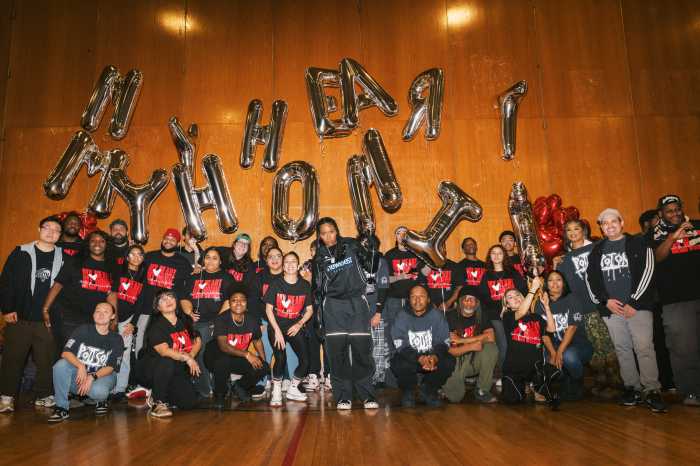There are well known Marvel Comics characters, like Captain America, and there are lesser known Marvel characters like the Guardians of the Galaxy.
And then there’s “Big Hero 6.”
The colorful team of Japanese super heroes made only a handful of appearances starting in 1998, including a pair of miniseries, before fading away into obscurity.
That’s when Don Hall came around, looking for a new project after finishing up co-directing 2011’s “Winnie the Pooh” feature.
“I was talking to John Lasseter about my next project and I made a fairly casual mention of maybe taking a Marvel property and adapting it over here,” Hall recounts. “They have a website where they go through all their characters and bios and appearances and all those kinds of things. I saw ‘Big Hero 6’ ? a Japanese superhero team and that sounded cool.”
Hall says he read the comics, which were “fun and light,” and felt like the property was “the perfect thing to bring over to animation.”
“The characters were appealing and entertaining, and it felt like something we could do something with, and its relatively obscure nature actually helped us because it gave us more free range to reinvent it.” Hall says.
The film, which opens Friday, follows a boy and an inflatable health care robot named Baymax. They bring together a team of unlikely superheroes to combat evil.
Hall’s co-director, Chris Williams, who directed Disney’s “Bolt,” says that the concept of “world building” is a big part of the job of bringing “Big Hero 6” to the big screen.
“Part of the experience is being told a story; part of the experience is being taken to a world they’ve never been,” he says. “[That] first experience of watching ‘Blade Runner,’ where you felt like they understood the world completely, understood what was outside of the frame and the history of the world — that’s something I think our artists have done.”
Perhaps the most important part of the film, however, is the creation of Baymax, the inflatable health care robot turned super hero. His origins start at a research trip to a Carnegie Mellon University robotics lab.
“I was looking for anything to guide us into a new place of robotics, to put a character on screen we hadn’t seen before,” Hall recounts. “I knew that was going to be a challenge because there are several robots, and not only that, we wanted him to be appealing and huggable.”
At the university, Hall met Chris Atkeson, who introduced him to the idea of soft robotics.
“He showed me a very crude robotic arm made of vinyl and inflatable,” Hall says. “Then Chris started going off on how ? in movies he hates it when robots are always the bad guys and when is someone going to make the robot the hero, and why can’t robots be good guys and this and that, and finally I stopped him and was like, ‘Dude, you had me at inflatable’.”
“I felt the technology was so interesting and would make such a new, unique robot,” Hall continues. “And not only that, the whole health care persona from Baymax came from that because soft robotics will be used for health care robots in the future.”
